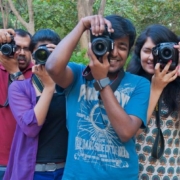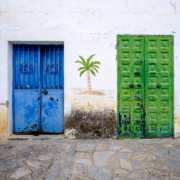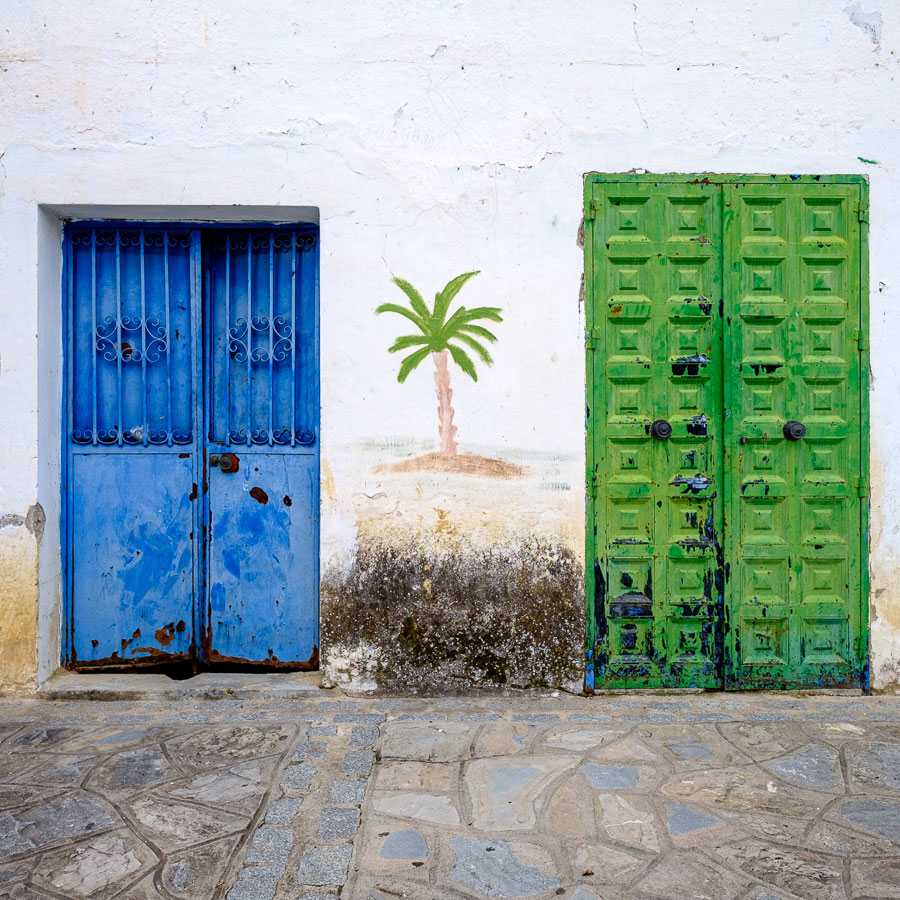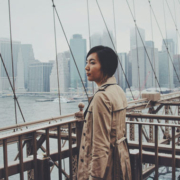Travel Photography: How to Capture the Character of a Place
Many different elements go into making up the character of a particular destination or location, whether it be a far flung exotic city or your home town. It is the travel photographer’s job to cover these elements in order to present that character to the viewer. This article looks into what goes into bringing the character of a place to the audience.
Essential Elements
There are many separate “parts” that make a location what it is, but these generally boil down to landscape, people, and culture. Let’s look at these in a little more depth.
Landscape
Every city, mountain range, or coastal area has its own unique look and feel. This might be created by architecture exclusive to that part of the world, such as Gaudi’s designs that are so prominent in Barcelona. Or well known landmarks (Eiffel Tower anyone?) or rough seas and steep cliffs like those so characteristic of the northern coasts of Scotland and Ireland. What does it look like in the morning? At night? The location might take on several personalities through the day, so it is essential to capture as many of these as you can to give a broader picture.
People
Possibly the most influential factor in the character of a location is the people who live there. The way they look and dress, the way they carry themselves, the lifestyle they live, and the customs they observe. Is there a particular piece of clothing that defines them? Or maybe a certain characteristic? For example, if they are known to be happy and smiling people, show them as such. If they are known to be hardworking, try to include some shots of workers.
Culture
This can encompass subjects such as food and drink. Local dishes give an immediate insight into the way of life lived by people of a particular place. Freshly caught seafood may be a specialty of the area, or it may be famous for a particular dessert or drink. Culture can also be shown in the festivals and events held in the particular region. This might be an annual parade where locals dress in the traditional costumes of their ancestors or a huge street party that captures the energy and vibrancy of a population.
Putting It All Together
To put these elements in photographic terms, I like to think of the process as zooming in on a subject. Starting with the landscape element described above, you essentially form an overview—or wide angle view—of the subject, capturing surroundings. Distinctive buildings and landmarks give a feel and sometimes instant recognition to the location.
Zoom in to form a collective portrait of the people, their way of life, and daily activities. It is a good idea to use both posed portraits and candid shots to show personalities as well as customs and way of life.
Finally zoom in further to capture details such as local food and dishes and detailed studies of buildings. Text such as in shop signs shows languages spoken. Also, look for any products that are traditional or well known in the area. For example, leather goods from Morocco or electronics from Japan.
Travel photography is, in a sense, a very broad specialization. Possibly not a specialization at all. A travel photographer needs to be a landscape photographer, portrait photographer, still life photographer, and nature photographer—often all in the space of a single shooting session. Learn to cover all these elements within the broader subject, and you are well on your way to becoming a more accomplished photographer.















